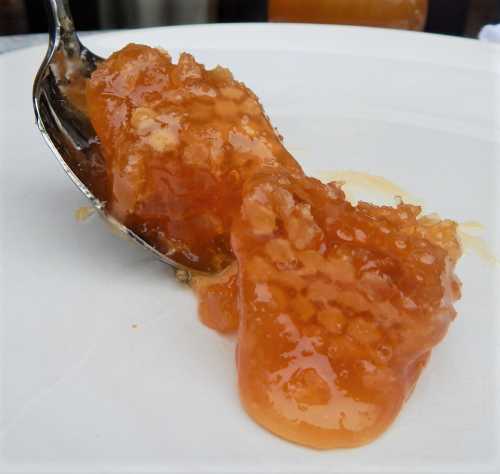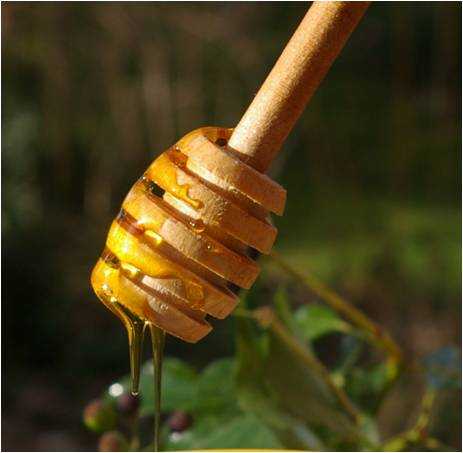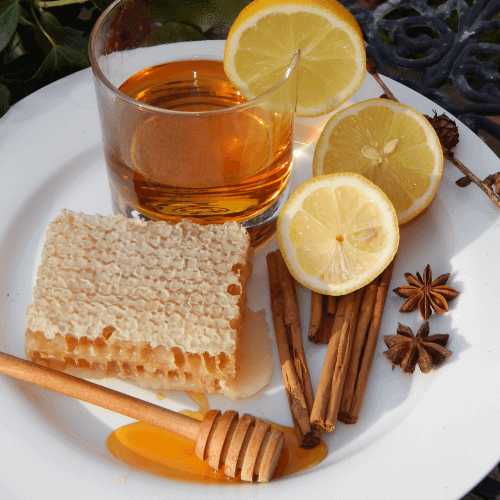Bee Venom
Updated: 29th April 2021
Bee venom varies in composition between different
types of bees,
but it is a complex mixture, containing pharmacologically active proteins, peptides and enzymes.
A
single sting contains about 50 micrograms of venom. Whilst this is
obviously sufficient to kill another insect predator, many multiples of
stings would usually be required to kill a human (except in cases of
severe
bee sting reactions).
The sting of the honey bee is contained in a chamber at the end of the
abdomen, which consists of the sharp protruding sting itself (the
ovipositor), and a basal part, which contains the venom sac and glands
that produce the bee venom, along with muscles enabling the bee to
thrust the sting at a predator in the event of attack.
Although many people may fear bee stings, and some as a result may have a fear of bees - or
apiphobia,
bee venom therapy has actually been used to treat a variety of ailments
in the Far East and Eastern Europe, from rheumatic disease, and multiple
sclerosis to arthritis.
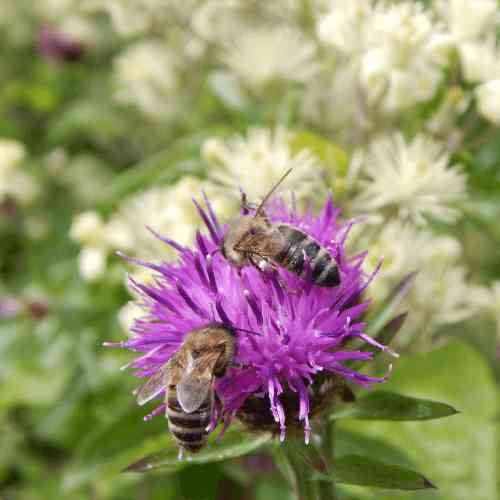 Honey bees on knapweed.
Honey bees on knapweed.
Indeed in the West, it is sometimes said that old beekeepers rarely
suffer arthritis due to the stings they have received over the years! I
believe there is research being conducted into its efficacy for the treatment of arthritis, and it will be interesting to read about
the results.
In the meantime, if you are thinking about bee venom
therapy, this does not mean you should find a bee hive, stand close to it, and hope the bees will sting you!
Bee Venom In Beauty Products
More recently, it is being collected from honey bees, and used in beauty treatments, from bee venom masks, to skin creams and beauty balms. It is stated that
the venom fools the skin, causing blood to rush to the treated area,
and the skin to produce collagen and elastin.
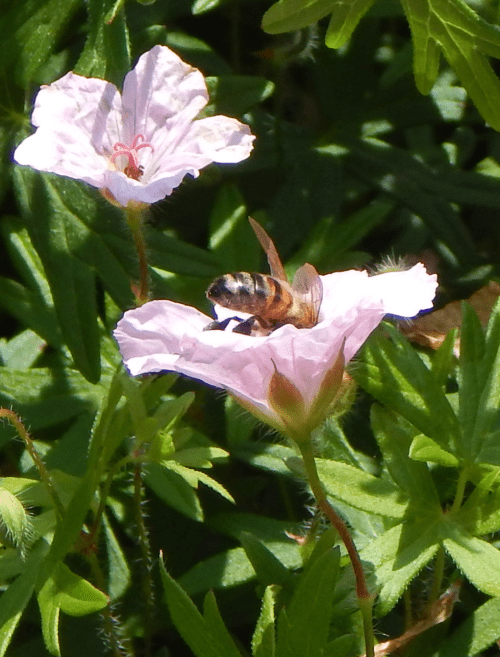 Honey bee on geranium flower.
Honey bee on geranium flower.Is bee venom really effective as a skin treatment? Women in trials are
reported to state that it does indeed work, but I am personally
unconvinced, and generally very sceptical of the quality of research performed by beauty companies on small samples of women. My personal views on good skin and skin care are:
- take care of your skin in the sunshine, and protect it from strong sun rays which cause aging
- protect your skin from the elements with a general moisturizing cream
- get sufficient sleep
- good diet with plenty of fruit and vegetables
- good fluid intake (but not too many fizzy drinks)
- don't smoke - in my view, it seems to dull and age the skin
- smile and find things to be happy about - it shows on your face!
- get fresh air
- if you're fortunate, you may inherit really good genes from your parents!
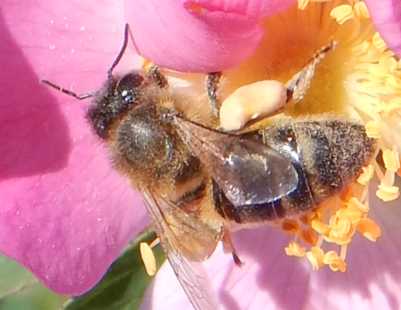 Honey bee on rose.
Honey bee on rose.How Is Bee Venom Collected?
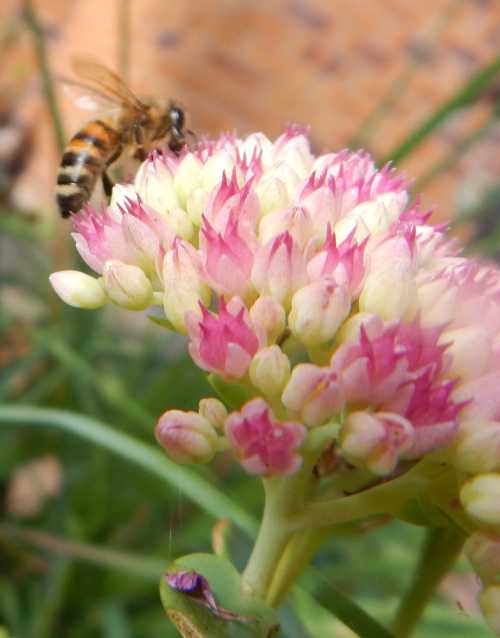 Honey bee on Sedum.
Honey bee on Sedum.The 'ethical' method used to collect it, is via weak electric shock. Honey bees land on a pane of glass which emits the electrical current, causing the bee to sting the surface of the glass. The honey bee ejects venom from their sting, but does not die because the sting remains in the bee's body. The fluid is then collected from the glass pane.
Whilst this is deemed ethical because the insects do not die, it must surely subject the bees to stress, thus causing them to sting.
Bee Venom Allergy
It is important to seek the advice of a medical doctor if you are concerned about serious reactions if you are stung, or if the sting occurs in a sensitive area, such as in the nose or ear. Do be aware that in the event of an allergic reaction to a bee sting, it can be very serious, but severe reactions can be avoided.
If you suffer from allergic reactions to bee stings, you should carry an
Epipen with you at all times. Some reactions are, however, quite
normal. To learn more, read about
bee stings.
Did You Know?
Toxic Honey Was Used In Ancient Warfare!
